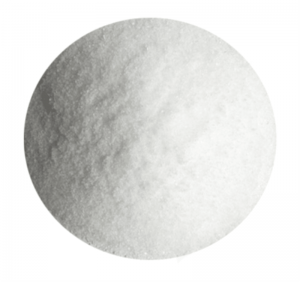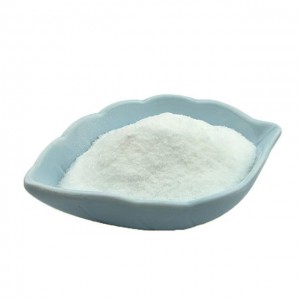| Basic Information | |
| Product name | Acetaminophen |
| Grade | pharmaceutical grade |
| Appearance | white crystalline powder |
| Assay | 99% |
| Shelf life | 2 Years |
| Packing | 25kg/carton |
| Condition | stored in a cool and dry place |
What is Acetaminophen ?
Acetaminophen is a white crystalline or a crystalline powder in appearance with melting point from 168℃ to 172℃, odorless, slightly bitter taste, freely soluble in hot water or ethanol, dissolved in acetone, practically insoluble in cold water and petroleum ether. It is stable below 45℃ but will be hydrolyzed into p-aminophenol when exposed to humid air, then oxidized further. The color grades gradually from pink to brown then to black, so it should be sealed and stored in a cool and dry place.Acetaminophen has the antipyretic activity by inhibiting the synthesis of hypothalamic thermoregulation prostaglandins and its strength of antipyretic effect is similar to aspirin.
Clinical Application
Compared with aspirin, Acetaminophen has minor irritation, few allergic reactions and other advantages. Its antipyretic and analgesic effect is similar to phenacetin, and the use of Acetaminophen increases due to limiting or banning using phenacetin in many countries.In clinical, it is mainly used for fever and headache caused by cold and relieving mild to moderate pain such as joint pain, muscle pain, neuralgia, migraine, dysmenorrhea, cancer pain, postoperative analgesia and so on. It can be used for patients who are allergic to aspirin, intolerant of aspirin, or unsuited for aspirin, such as patients with varicella, hemophilia and other hemorrhagic disease (patients having anticoagulant therapy included), as well as patients with slight peptic ulcer and gastritis. In addition, it also can be used for the synthesis of benorylate and used as asymmetric synthetic intermediates, photographic chemicals and stabilizer of hydrogen peroxide.









